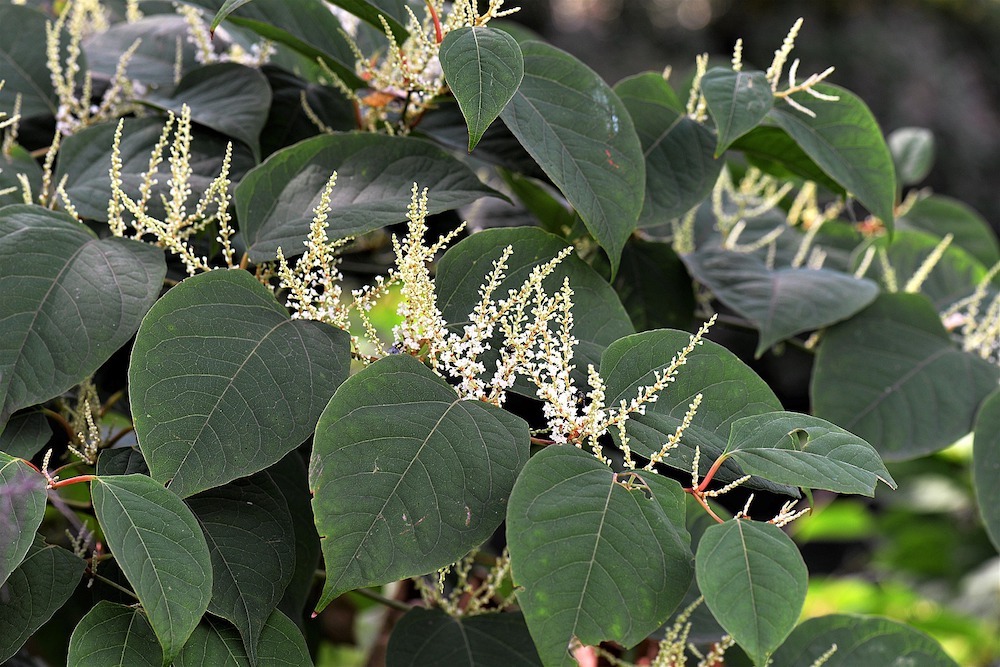Japanese Knotweed Update
JAPANESE KNOTWEED – UPDATED RICS GUIDANCE
In 2022 the RICS published new guidance relating to the reporting and management of Japanese Knotweed (taking effect from March 2022). The guidance came out to reflect an improved understanding of this invasive plant and to advise surveyors and lenders on a more proportionate and risk based approach when it is encountered.
Japanese Knotweed is a non-native perennial plant that establishes easily and grows rapidly, pushing out native plant life. It is now widespread in all parts of the UK. While it is not illegal to have Japanese Knotweed on your property, it is illegal to cause or allow it to spread in the wild and, due to its environmental impacts, any material contaminated with the plant is treated as ‘controlled waste’. Japanese knotweed has increasingly caused problems in the residential market due to the damage it may cause to gardens, hard landscaped areas, walls and lightweight structures.
The 2022 guidance sets forth a new language to use when reporting Japanese knotweed in surveys and valuations. This is to enable clear and objective categorisation of Japanese knotweed infestations with the overarching aim of reframing it as a mitigatable environmental issue which should be reported in a proportionate way. Specifically, the guidance sets out the use of the below 4 summarised management categories when encountering Japanese knotweed.
| Management Category A (having a high impact on property and amenities) | Action – an inspection by a remediation specialist. | Japanese knotweed is seen on site or by the boundary* and visible damage caused. | Value of the property is likely to be affected. |
| Management Category B (having a medium impact on property and amenities) | Action – an inspection by a remediation specialist. | Japanese knotweed is seen on site and is affecting the amenity eg. restricting space. No damage seen. | Value of the property may be affected. |
| Management Category C (having a low impact on property and amenities) | Manage – advise client to get inspection carried out for future management. | Japanese knotweed is seen on site but not causing damage and not likely to prevent use or restrict access to amenities. | Should be no mortgage retention imposed and possibly modest effect on property value. |
| Management Category D (currently having no impact on property and amenities) | Report – remedial action not within control of the property owner. May be appropriate to suggest client seeks advice from a remediation specialist. | Japanese knotweed seen off site within a 3 metre distance. | In most cases likely to have limited to no impact on value. |
*Any Japanese knotweed found on the boundary is classed as on site.

